|
Texture is simply how something feels when it is touched. In art, we often talk about the texture of an art piece without touching the piece. We are able to do that because we've had lots of experience actually touching things. To give preschoolers the knowledge to speak about texture, we have to give them the opportunities to explore and touch. To start class, we woke up our senses with a texture walk. Children took off their shoes and felt a variety of sensations - rough/smooth, soft/hard. The walk led us to sensory bins full of water beads. Water beads are made from a water-absorbing polymer that expand when placed in water. They were actually created to help hydrate plants, but they make an awesome tactile tool. They feel like a bunch of slippery, squishy bouncy balls. This was a popular activity that could have entertained for hours. I wanted kids to explore painting on surfaces beyond just paper. Before class, I glued together a patchwork of recycled materials onto a large piece of cardboard. I looked for materials with a strong contrast in texture - aluminum foil, sand paper, bubble wrap, drift wood. After exploring the water beads, students explored painting on this multi-surface collage. Painting on something other than paper was new for some students. There was lots to explore along the lines and bumps. Each material took the paint a little differently. The wood and cardboard sucked the paint up like a thirsty plant. The paint glided smoothly across the foil like an ice skater. Students then had an opportunity to create their own multi-textured masterpieces. Some kids were drawn to a single material, while others used everything that was offered. Students learned from experimenting with art media and found objects to better understand what they are and what they can do. These open-ended explorations will guide Mini Makers in their abilities and creativity as future artists.
0 Comments
Your comment will be posted after it is approved.
Leave a Reply. |
Archives
January 2024
Categories |
Proudly powered by Weebly
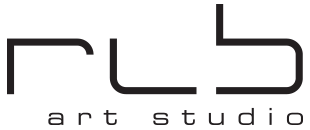
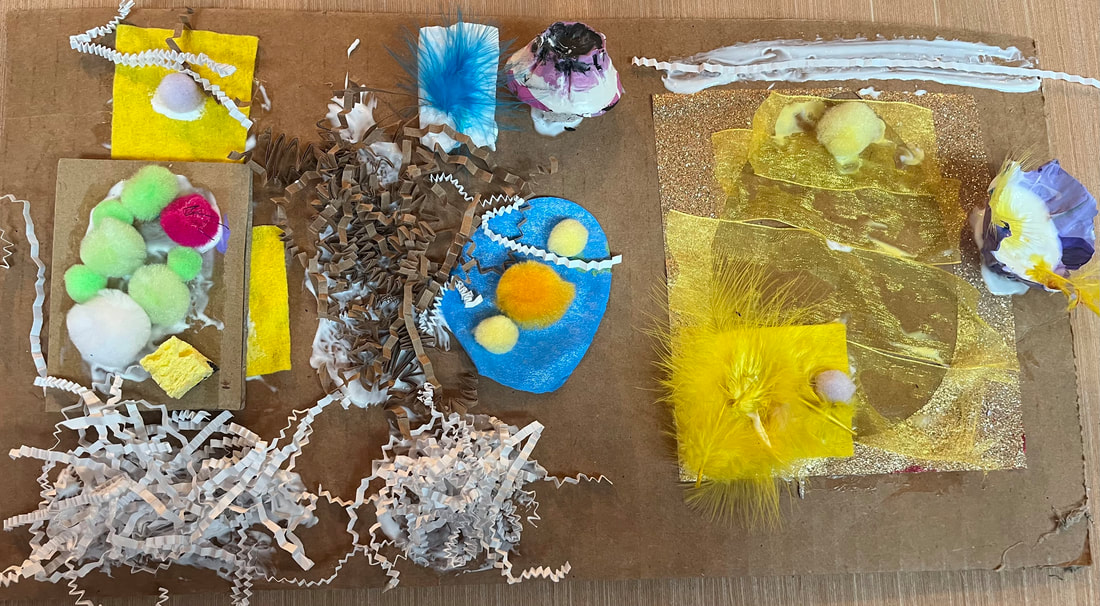
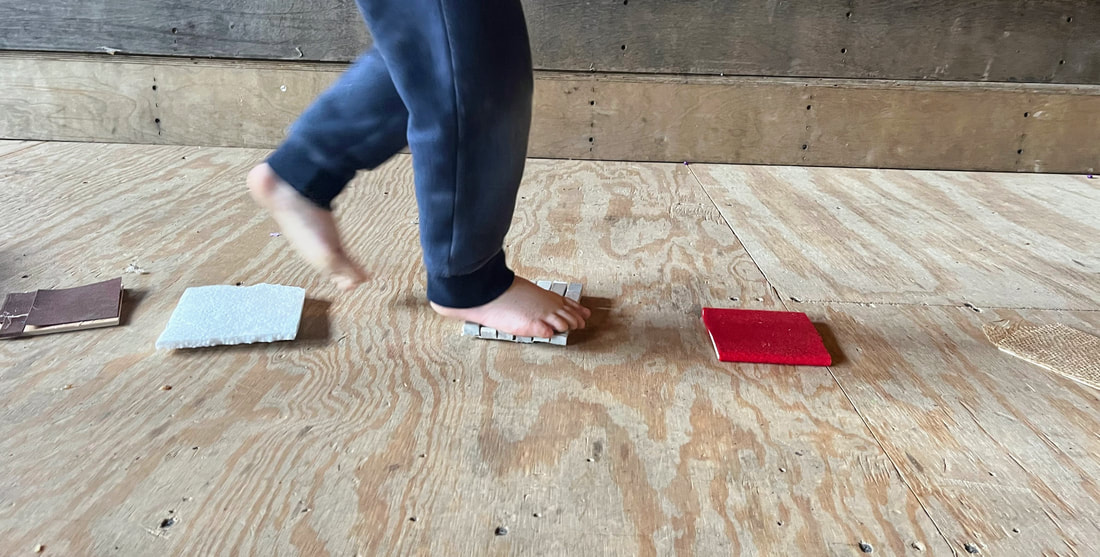
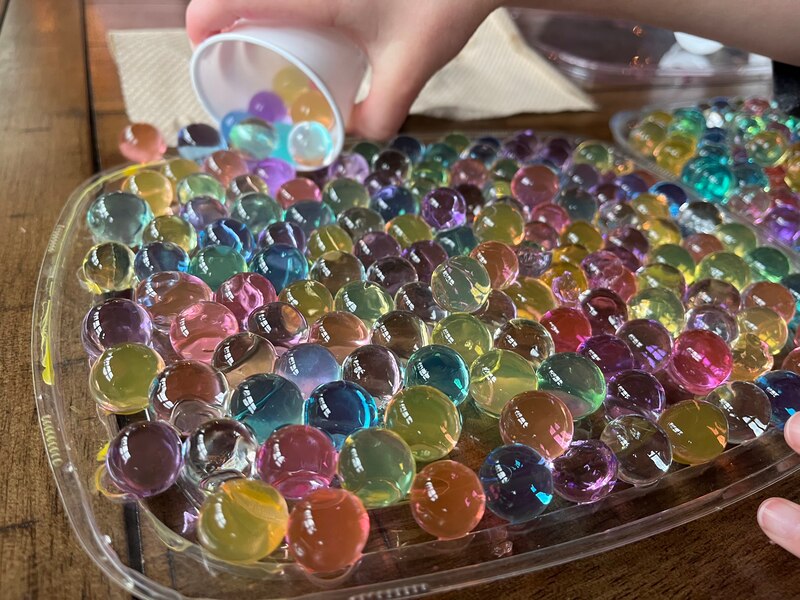
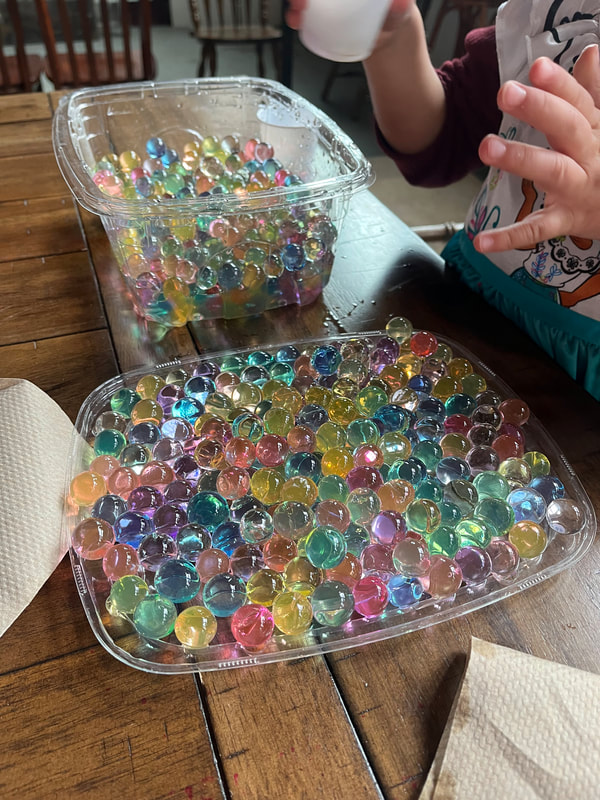
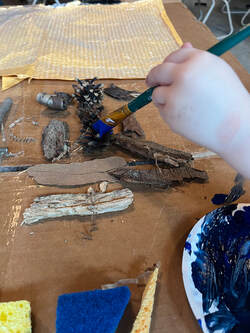
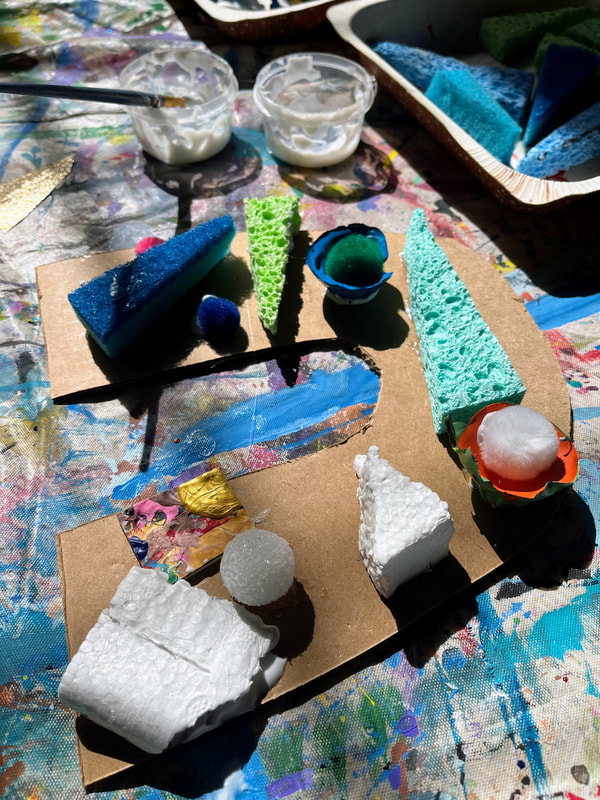
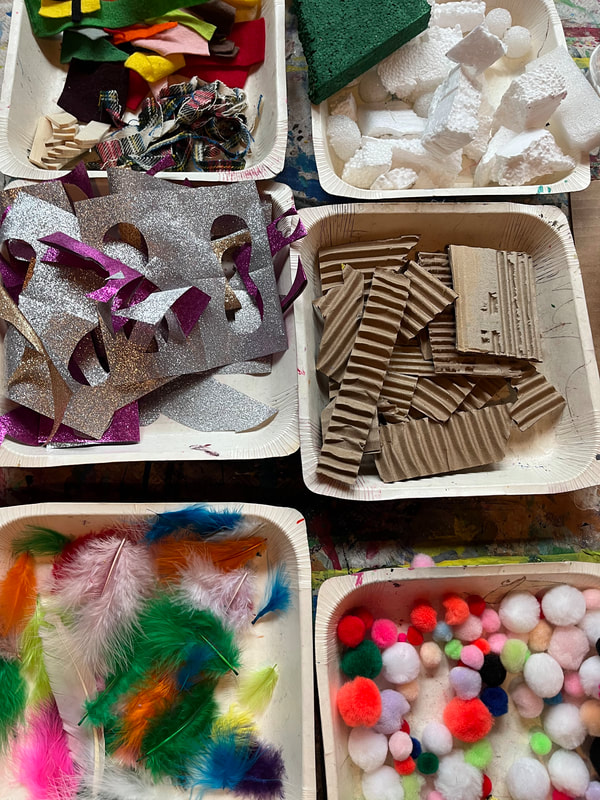
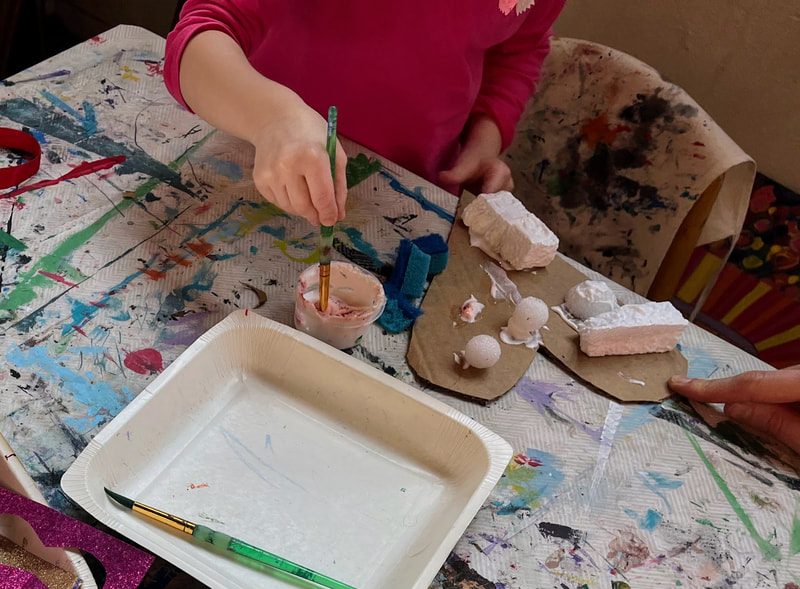
 RSS Feed
RSS Feed